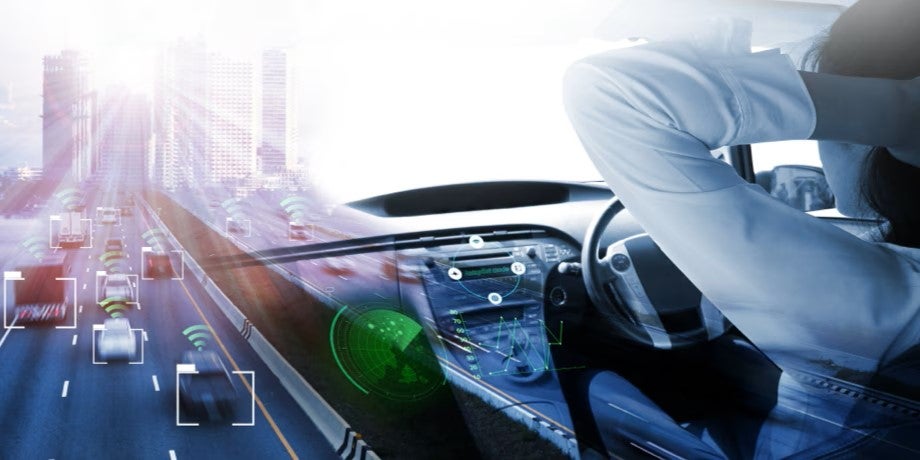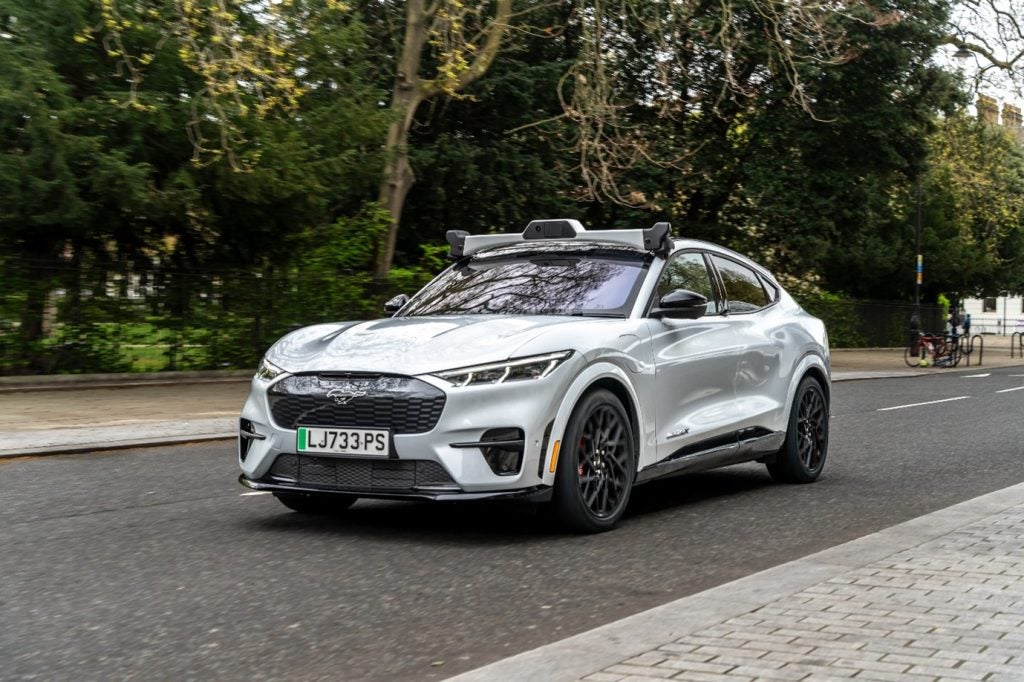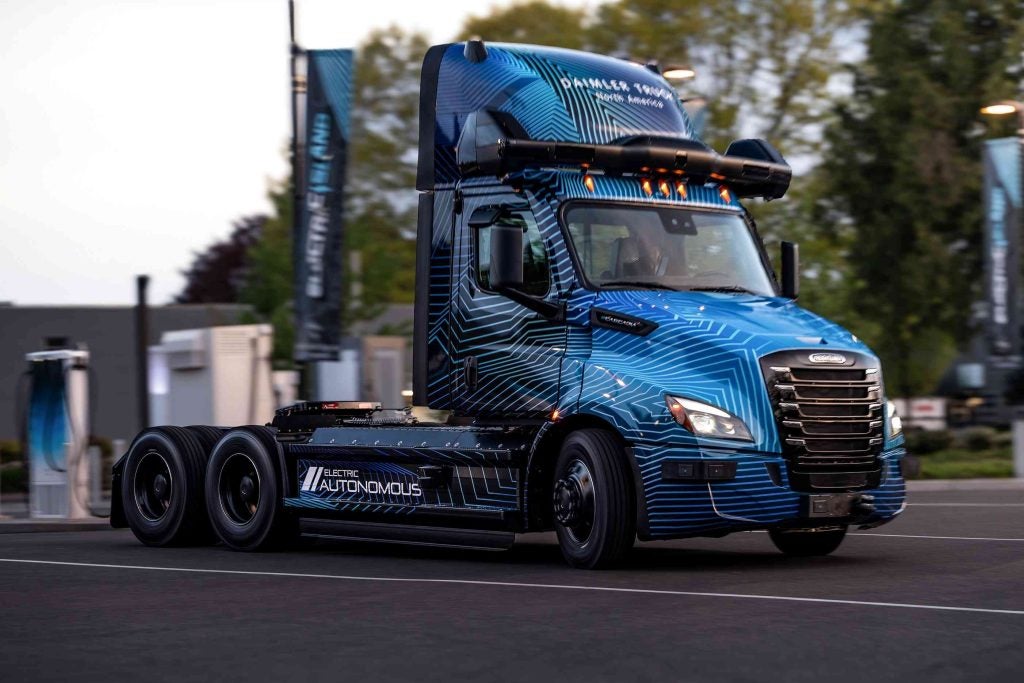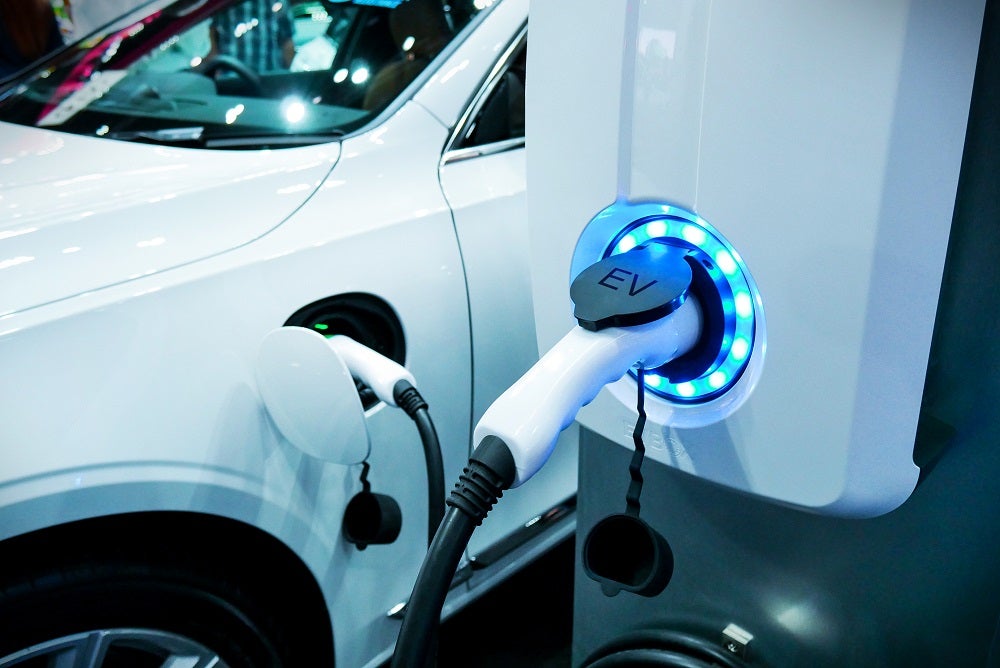Ford says it has tested a Fusion Hybrid autonomous research vehicle with no headlights at night.
The US automaker adds the evaluation shows even without cameras, which rely on light, Ford’s LiDAR, working with the car’s virtual driver software, is robust enough to steer around winding roads.
While it is best to have all three modes of sensors: radar, cameras and LiDAR, the latter can function independently on roads without stoplights.
National Highway Traffic Safety Administration data has found the passenger vehicle occupant fatality rate during dark hours to be around three times higher than the daytime rate.
“Thanks to LiDAR, the test cars aren’t reliant on the sun shining, nor cameras detecting painted white lines on the asphalt,” said Ford technical leader for autonomous vehicles, Jim McBride.
“In fact, LiDAR allows autonomous cars to drive just as well in the dark as they do in the light of day.”
How well do you really know your competitors?
Access the most comprehensive Company Profiles on the market, powered by GlobalData. Save hours of research. Gain competitive edge.

Thank you!
Your download email will arrive shortly
Not ready to buy yet? Download a free sample
We are confident about the unique quality of our Company Profiles. However, we want you to make the most beneficial decision for your business, so we offer a free sample that you can download by submitting the below form
By GlobalDataTo navigate in the dark, Ford self-driving cars use high-resolution 3D maps, with information about the road, road markings, geography, topography and landmarks such as signs, buildings and trees.
The vehicle uses LiDAR pulses to pinpoint itself on the map in real time. Additional data from radar is fused with that of LiDAR to complete the full sensing capability of the autonomous vehicle.
For the desert test, Ford engineers, wearing night-vision goggles, monitored the Fusion from inside and outside the vehicle. Night vision allowed them to see the LiDAR doing its job in the form of a grid of infrared laser beams projected around the vehicle as it drove past.
LiDAR sensors shoot out 2.8m laser pulses a second to precisely scan the surrounding environment.
“Inside the car, I could feel it moving, but when I looked out the window, I only saw darkness,” added Ford research scientist and engineer, Wayne Williams.
“As I rode in the back seat, I was following the car’s progression in real time using computer monitoring. It stayed precisely on track along those winding roads.”
This year Ford will triple its autonomous vehicle test fleet, bringing the number to around 30 self-driving Fusion Hybrid sedans for testing on roads in California, Arizona and Michigan.
These developments are key elements of Ford Smart Mobility, the plan to take the manufacturer to the next level in connectivity, mobility, autonomous vehicles, customer experience, data and analytics.







